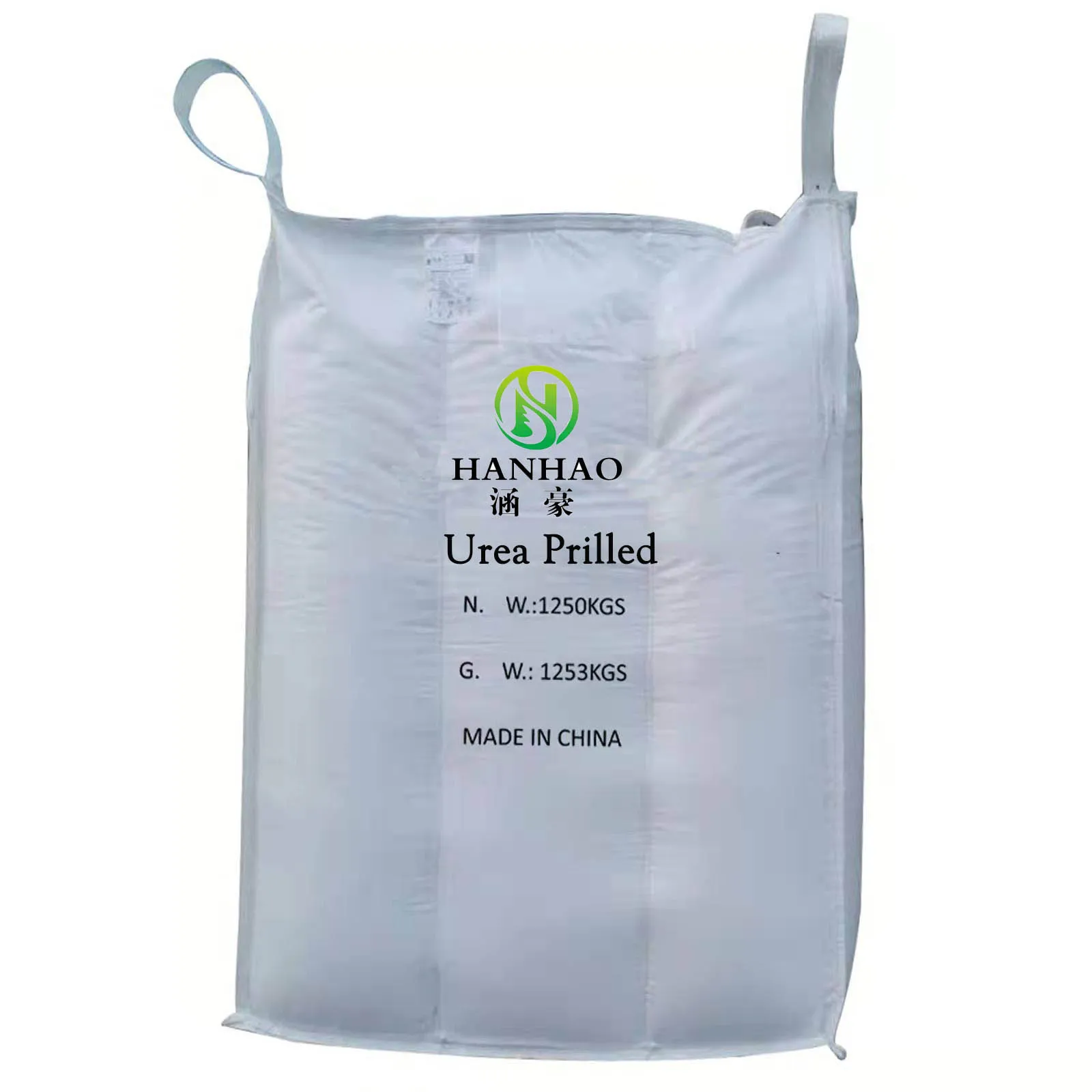
Dec . 09, 2024 23:45 Back to list
Fertilizer Producer Specializing in 23-3-8 Nutrient-Rich Formulations for Optimal Crop Growth
Understanding 23-3-8 Fertilizer and Its Importance for Plant Growth
Fertilizers play a crucial role in agricultural and gardening practices by providing essential nutrients that plants require for healthy growth. Among the various types of fertilizers available, the 23-3-8 fertilizer stands out due to its specific nutrient composition, making it a favored choice among farmers and gardeners. This article will delve into what 23-3-8 fertilizer is, its components, and its benefits for plant health.
What is 23-3-8 Fertilizer?
The numbers in a fertilizer label, such as 23-3-8, represent the approximate percentages of three key nutrients nitrogen (N), phosphorus (P), and potassium (K). In this case, 23-3-8 fertilizer contains 23% nitrogen, 3% phosphorus, and 8% potassium. This high nitrogen content makes it particularly useful for promoting leafy, vegetative growth in plants.
Key Nutrients Explained
1. Nitrogen (N) Nitrogen is essential for the synthesis of amino acids, which are the building blocks of proteins. It plays a vital role in chlorophyll production, which is crucial for photosynthesis. A high nitrogen content, such as that found in 23-3-8 fertilizer, encourages plants to develop lush foliage, making it ideal for leafy vegetables, grasses, and other crops that require vigorous growth.
2. Phosphorus (P) Phosphorus is critical for root development, flowering, and fruiting. Although 23-3-8 has a lower phosphorus percentage (3%), it still supports early growth stages and helps plants establish strong root systems. This nutrient aids in energy transfer within the plant, contributing to overall vigor and health.
3. Potassium (K) Potassium plays a key role in regulating various physiological processes, including water uptake, enzyme activation, and photosynthesis. The 8% potassium in 23-3-8 fertilizer helps strengthen plant cell walls, leading to enhanced disease resistance and improved drought tolerance.
Benefits of Using 23-3-8 Fertilizer
The combination of high nitrogen, moderate phosphorus, and adequate potassium makes 23-3-8 fertilizer an excellent choice for specific applications
23-3-8 fertilizer manufacturer

- Boosting Vegetative Growth With its prominent nitrogen content, 23-3-8 fertilizer excels in promoting vigorous leaf and stem development. It is particularly beneficial for crops like lettuce, spinach, and other leafy greens, where lush foliage is desirable.
- Strengthening Root Systems The phosphorus present, though lower than nitrogen, still contributes to establishing strong root systems. This prevents issues such as stunted growth and helps plants absorb water and nutrients more efficiently.
- Enhancing Overall Plant Health The potassium component supports various physiological processes, helping plants adapt to environmental stressors such as drought and disease. This holistic approach makes 23-3-8 an ideal choice for maintaining robust plant health.
Application Recommendations
When applying 23-3-8 fertilizer, it is essential to follow recommended guidelines to avoid over-fertilization, which can harm plants and lead to nutrient runoff. Here are a few tips
- Soil Testing Conduct soil tests to determine existing nutrient levels before application. This ensures that the right amount of fertilizer is used.
- Timing Apply 23-3-8 fertilizer during the active growing season when plants demand higher nutrient levels, typically in the spring and early summer.
- Method of Application Fertilizer can be applied in granule form or as a liquid solution. Spread granules evenly across the soil surface or mix with water for application.
Conclusion
The 23-3-8 fertilizer serves as a valuable tool for gardeners and farmers looking to enhance plant growth and health. With its balanced nutrient composition, it provides the necessary elements for vigorous vegetative growth, robust root systems, and enhanced resilience to environmental stressors. Understanding the role and application of this fertilizer can lead to healthier plants and, ultimately, a more productive garden or farm.
-
10 10 10 Fertilizer Organic—Balanced NPK for All Plants
NewsJul.30,2025
-
Premium 10 10 10 Fertilizer Organic for Balanced Plant Growth
NewsJul.29,2025
-
Premium 10 10 10 Fertilizer Organic for Balanced Plant Growth
NewsJul.29,2025
-
Premium 10 10 10 Fertilizer Organic for Balanced Plant Growth
NewsJul.29,2025
-
50 Pound Bags of 13-13-13 Fertilizer for All Plants – Bulk & Organic Options
NewsJul.28,2025
-
High-Efficiency 15-30-15 Granular Fertilizer for Healthy Crops
NewsJul.28,2025
